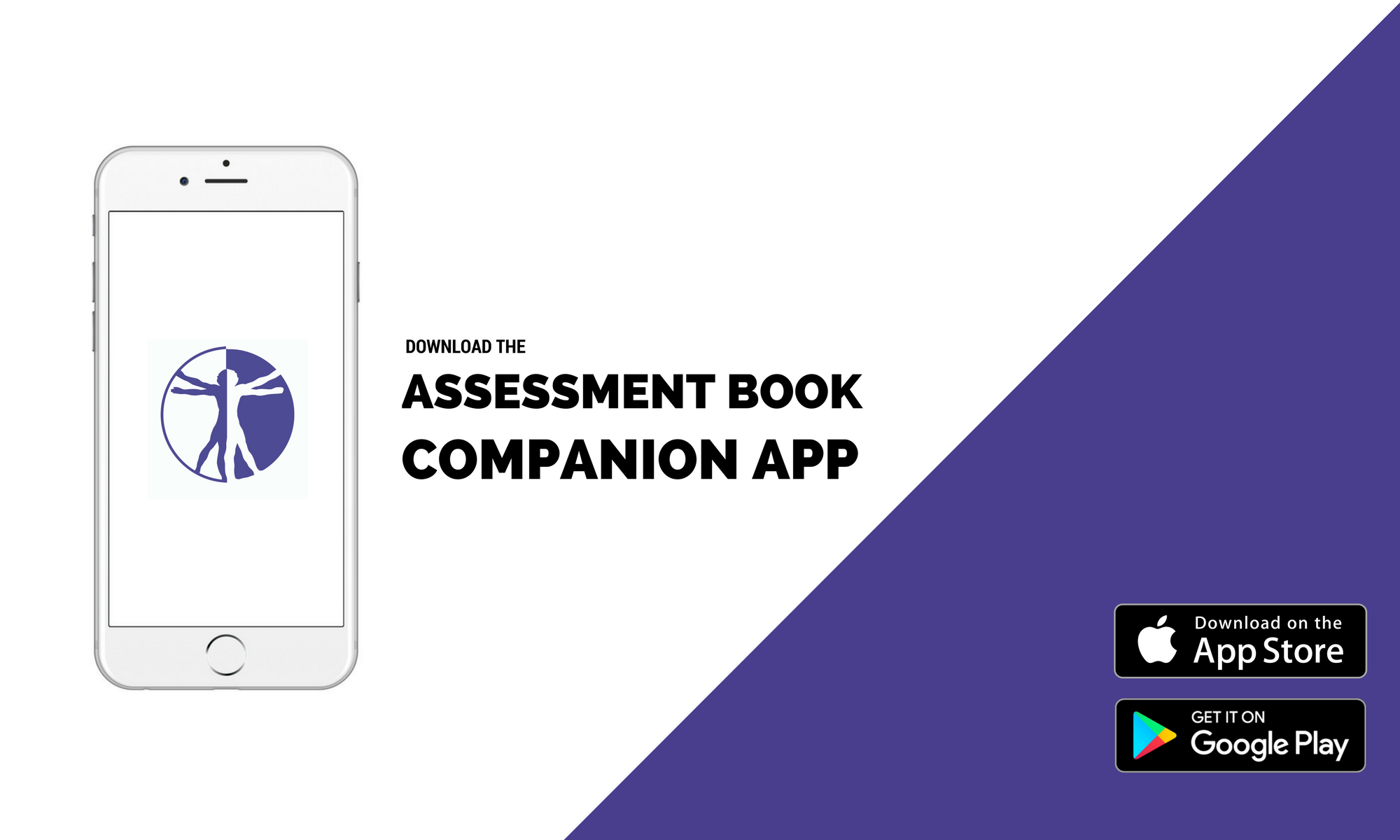The close-packed position abbreviated as CPP
The close-packed position occurs at one extreme of the most habitual movements of the joint. It is that position in which the concave surface is in complete congruence with the convex surface; the capsule and ligaments are under maximal tension; the joint surfaces are tightly compressed and the two bones of the articular unit cannot be separated by traction across the joint space. There is minimal room inside the joint.
The maximum loose-packed position abbreviated as MLPP
This position is the exact opposite of the close-packed position. In this position the joint is under the least of stress and the capsule is most relaxed. This position is one of minimal congruency between articular surfaces, and contact areas between the both joint partners are reduced, thereby providing proper joint lubrication. The bones of the articular unit can be drawn apart by traction to the greatest extent. There is maximum space inside the joint. This is also the reason why patients with serious inflammation prefer to keep this joint in de M.L.P.P.
Don’t confuse the MLPP with the resting position, which refers to the position of the joint in which all muscles crossing over the joint are maximally relaxed.
So why is knowledge about the CPP and MLPP of utmost importance for the physiotherapist?
In the close-packed position, joint mobilizations cannot be performed. This position can be helpful if we want to fixate a joint in order to move an adjacent joint.
For example, we are bringing the hip into its CPP of extension, internal rotation and adduction if we want to examine the SI joint or lower back (show video of Menell test 3D ext lower back).
The maximum loose-packed position is used in order to assess joint play and in order to perform traction mobilizations and manipulations with the goal to stress the whole joint capsule equally, often in order to reduce pain.
